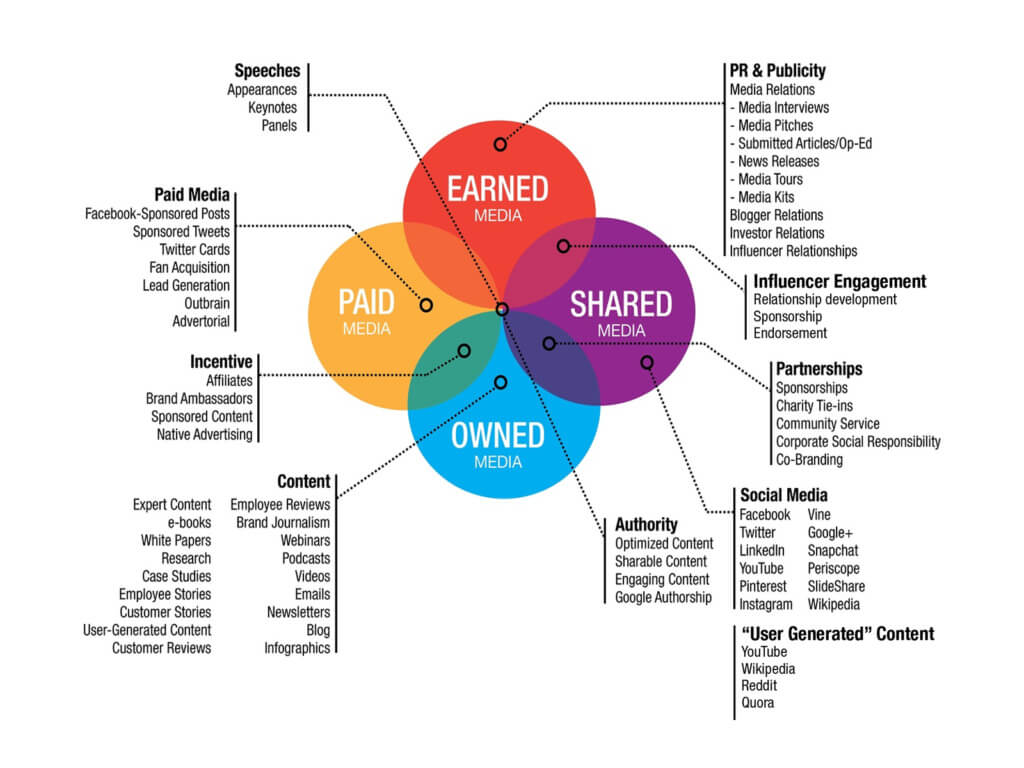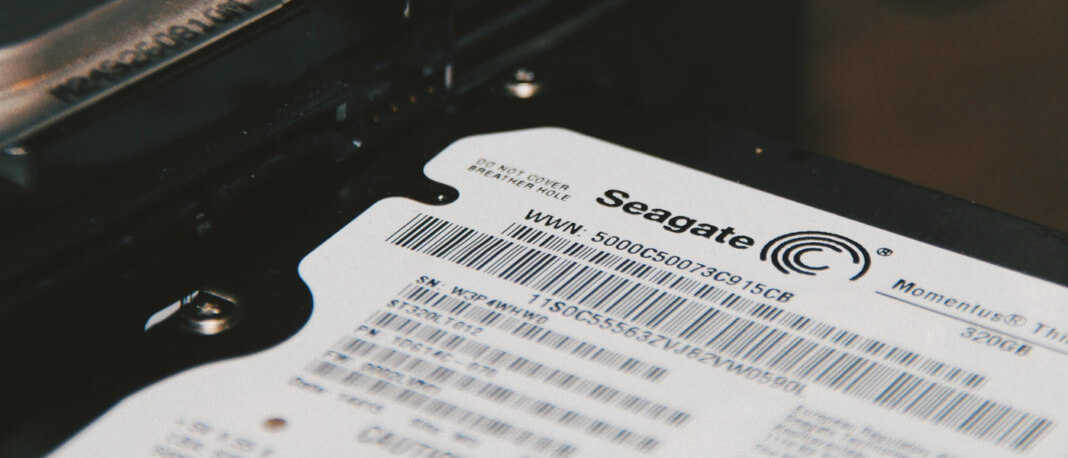If you own a website or browse the internet, you tend to hear things like “Paid, Owned, and Earned Media.” In recent years, there has been a new member of this trio, the “Shared Media.” You may be using at least one of these four main lead generation tools without knowing it.
Since the model was developed, it’s been embraced by marketers and publicists and adapted to best suit their sectors. But the main challenge here is figuring out what this means and how much control you have over something like this.
It’s essential to understand the right audience and channels you can use to reach them. In the following lines, we will provide you with a simple definition for each term that will hopefully help you understand the difference between earned, owned, paid, and shared media.

Earned media
As the name says, this is media that you earn based on your actions. It includes things like press releases, viral buzz, people that were recommended to visit your website via word of mouth, or anything similar to that. It’s not media that you paid for, but it’s earned based on your actions and the things that you did. It often refers to content that someone creates about your business.
The idea here is to listen and respond to your audience. This is the most credible media, and it has a crucial role in making even more sales. It’s also transparent since other people do the promotion for you. However, earned media can also be negative; it’s hard to measure and scale, not to mention you lack control over it.
Owned media
Owned media gives you absolute control over the content you create. It includes things like your website, videos, infographics, and your blog. The idea here is to showcase your online presence, earn more customers, and enhance your business trust. This is an excellent type of media because it’s efficient, it has a long lifespan, and you will also be able to target niche audiences. It’s cost-efficient too. The downside here is that you’re not getting any guarantees, and it takes a while to scale everything. However, the advantage is that it’s all under your control; you can implement new ideas and experiment the way you want without worries.
Paid media
In this situation, the brand is paying to gain access to a certain channel. Paid media has evolved over the years, as it was initially manifested in the form of print advertising in newspapers, then radio advertisements, followed by TV commercials. In today’s world, it has changed to something more digital, such as paid search, display ads, and sponsored content. If you don’t have a lot of organic traffic, then paid media can help in generating the awareness you need for your business. It’s a very interesting approach and one that works incredibly well. On top of that, you can control how much you pay and the scale of it all. However, the response rates can decline fast if you don’t continue paying, and there’s less credibility than the rest.
Shared media
Shared media is user-generated content, and it often refers to social media content that sits in between earned and owned media. This media is content that is shared across social media networks or shared between multiple owners. It doesn’t have a concrete, explicit definition, because as social media evolves, shared media changes too. The downside of shared media is that you have no control over the reach of the shared content. If someone makes a meme negatively affecting your product, you can’t stop it from going viral, and you also can’t control whether or not positive interactions you have with fans will go viral.
Conclusion
There are a variety of media types you can have, and it’s important to understand how much control you can have. On top of that, you can use these as a part of your strategy and ensure that it all works the way you expect. All four elements, paid, owned, earned, and shared media are essential to a digital media strategy. It’s up to you to evaluate these themes and decide where to allocate your resources to make the most sense.





